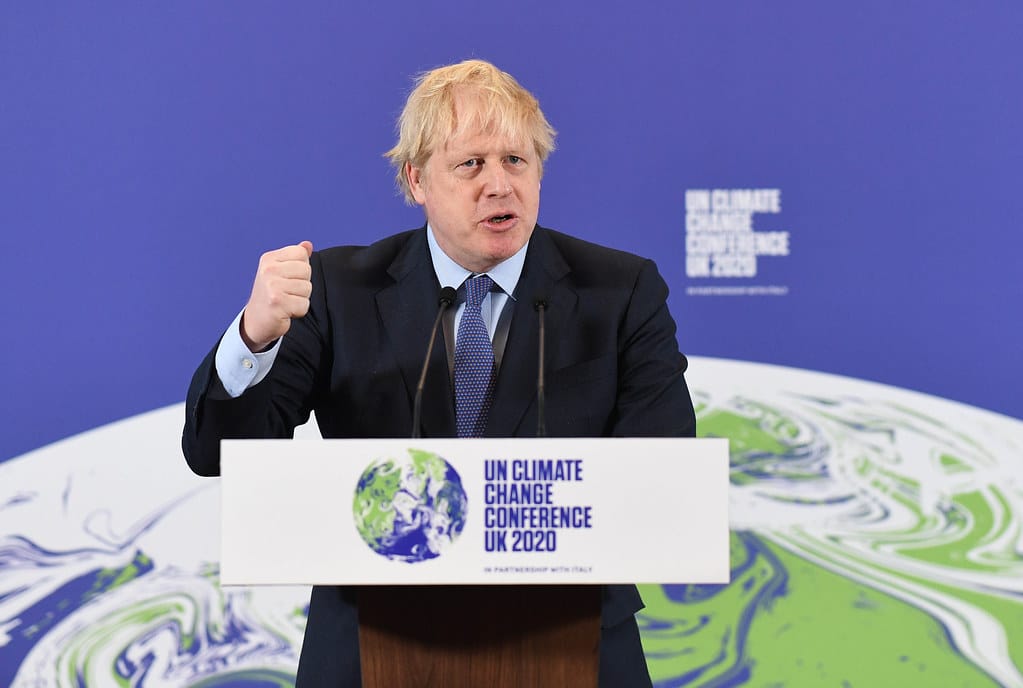With a few months remaining before the highly anticipated 26th Conference of the Parties (COP 26), an “intersessional” climate change conference was held virtually by the UNFCCC in May. Marred by technical challenges and producing little to no progress on most key issues, concerns loom for COP26 and whether it will be able to advance progress on global climate action at the pace and scale needed to achieve targets set out by the Paris Agreement.
__
The United Nations Framework Convention on Climate Change (UNFCCC) conference, held between May 31 and June 17, lasted a week longer than it typically does based on previous years. It also saw a 59% increase in the number of delegates present (from 3,400 in 2019 to 5,800 in 2021 – the conference was cancelled in 2020). Despite these figures, the conference saw limited progress and many issues remain unresolved.
The virtual setting, conducted through a special Microsoft Teams platform, proved challenging for many reasons. As per UNFCCC rules, voting may only legitimately occur in-person. This precluded the possibility of formal decision-making at the three-week conference, and sessions were rendered “informal,” having no legal status and producing few concrete steps towards progress.
Party delegates and observers also found it difficult to convene outside programmed meeting hours, despite the encouragement of the presiding chairs and the technical capacity to do so through Microsoft Teams and other platforms. Whereas in the past, discussions and negotiations would carry on in corridors, cafeterias, and in the long queues outside meeting rooms, this year’s conference saw no such convenience. Instead, a more rigid structure dominated the conference which at times felt dissonant. Adding to the problem was the limited and often insufficient time allotted to each session, as expressed by some parties.
Observers to the conference experienced similar struggles. Coming from NGOs and civil society groups, observers play an important role in the UNFCCC’s party-driven process, voicing the concerns of different stakeholders such as indigenous populations and youth groups, and working at various levels to enhance climate mitigation and adaptation. Nevertheless, NGOs and other observers expressed many times throughout the conference that they had not been given adequate opportunity to speak and make their voices heard, thus impairing their participation.
In addition, a lack of clarity regarding the modality of the upcoming COP26 has left many participants frustrated for a variety of reasons. This frustration was most strongly felt amongst NGOs and developing country Parties, who worried they’d face similar challenges and be left behind if COP 26 was not in-person.
In a press conference held by CAN International, NGO director Adrian Martinez said, “We came with certain reservations about this virtual format. It’s a new challenge – something that is placed on top of existing barriers that we already had, especially NGOs and people from the Global South, to be able to participate and observe.”
Unable to provide definite answers, the COP 26 UK Presidency reiterated that they are doing their best to ensure it will be the “most inclusive COP ever,” though the dangers of holding COP26 virtually still loom.
If they are to keep their promise, they will not only need to ensure that no participant is left behind, which is inherently a technical and logistical problem, but they will also need to prepare for the possibility of them purposely being left out. This was seen in the intersessional conference when, on the first day, a party tried (and partially succeeded) to ban observers from attending meetings. This happened during a session on transparency.
You might also like: The World is Set to Miss Environment-Related UN Sustainable Development Goals
Road to COP26
With a little over 100 days remaining until COP 26 kicks off, there are huge expectations and many undelivered promises. Chief among them is the finalisation of the rulebook to the Paris Agreement, which is already three years overdue. Other issues include the fulfilment of USD $100 billion of climate finance pledged by developed countries in 2009, the resolution of some final disputes regarding the Paris Agreement (such as Article 6 on carbon markets) and a concoction of other matters relating to climate adaptation, loss and damage, and a “common timeframe” for the nationally determined contributions (NDCs) which form the foundation of the Paris Agreement.
A successful intersessional meeting would have lessened the workload of everyone involved ahead of the COP and paved the path for a more fruitful conference come November, but this was not the case this year. In the closing plenary, it was widely acknowledged that a lot more work will be required ahead of COP 26.
If we are to reach the targets set by the Paris Agreement, namely the goal of keeping global warming below 1.5 degree Celsius or even 2C, we cannot afford another conference of “active inaction.”
Featured image by: Flickr

















